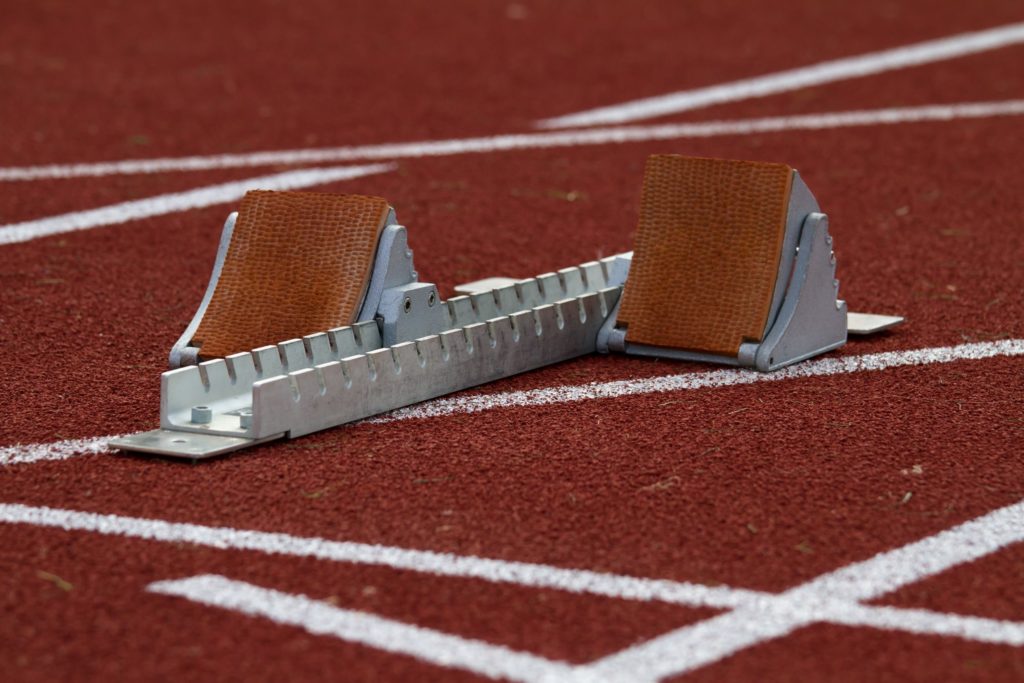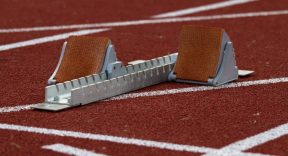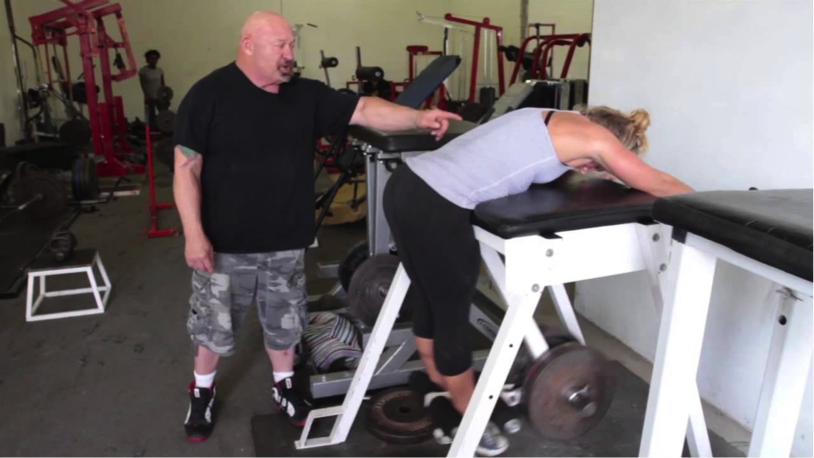Today’s guest post comes from strength coach, Travis Hansen. I respect Travis a ton because 1) he actually works with athletes and gets results and 2) he’s not scared to think outside the box (which you will read more about below).
His amazing resource, The Speed Encyclopedia, rocked my world a few years back when I read it the first time. He’s revamped it and has placed in sale at 30% off the regular price. If you work with athletes and want to make them into sprinting, jumping, and turning on a dime freaks….definitely give it a look.

The Modified Reverse Hyper
The title may sound a bit cliché, especially this day and age, but I truly believe that the exercise I’m about to share with you is still relatively unique as far as speed and athletic development is concerned.
And it’s definitely not a gimmick, it works.
The amount of evidence to date to support glute-ham strength and its powerful impact on athletic performance tasks such as running, jumping, cutting, and sprinting is incredibly vast. Every single athlete and client for that matter should be performing several posterior chain dominant movements, like squats, deadlifts, swings, sleds, lunges, split squats, etc. at some point during their training program.
However, to my current knowledge the “Modified Reverse Hyper” has not received a lot of attention and publicity throughout the athletic training mainstream and scientific community. Moreover, I would be very curious to see any study that attempts to identify how well the reverse hyper and sprinting would connect?! I’m confident the results would be favorable.
Louie Simmons was a mastermind in not only powerlifting, but his training concepts permeate into athletic and speed development as well!
The initial thing I like about the exercise is that you are training the target muscle groups at long lengths throughout the muscle contraction spectrum. This situation can help stimulate the addition of sarcomeres and result in increased hypertrophy to the muscles responsible for increasing acceleration and running speeds. What athlete wouldn’t want that?
Secondly, you are provided a very stable foundation in which to exert high amounts of force and energy from resulting in greater strength production limits. Recall that the less stability you have in an exercise the less involvement of the prime movers, which in this case are critical to health and athletic performance potential.
Last but not least, is that this exercise truly emphasizes the development of specific muscle and joint actions that occur during high speed movements such as maximum effort sprinting.
Strength has been found to be very specific to range of motion/training angles in research, and it obviously makes perfect sense. What doesn’t make sense is that there really isn’t a wealth of potential exercises in the weight room that do a sufficient job in bridging the gap for both strength and speed during the common act of hip hyperextension. Sled marching, hill runs-sprint progressions, and quadruped work are great, but the room for loading is questionable and hard to manage, except for perhaps the quadruped variation.
Even if this is the case, there is still reduced hamstring contribution due to the knee being bent (Active Insufficiency) in the quadruped exercise.
Moreover, the Modified Reverse Hyper is very versatile. You can perform the drill bilaterally with a plate, or dumbbell if you don’t have a partner. And then unilaterally with a plate or ankle weights.
Please Note: I’m not a big proponent of ankle weight drills at all, unless they are performed in a prone position. They provide a distraction force at the knee that really creates a lot of unnecessary pull and tension at the surrounding ligaments.1
Here is an actual video of the exercise. As a disclaimer, the weight bearing pressure of the weight can be brutal on the calves initially. And make sure the middle of the plates sit close to or directly behind the knee joint to prevent too much shearing and stress to the ACL and lower hamstring muscles.
I like to train this movement 1-2 per week at opposite ends of the week if your goal is to get faster and more athletic. 2-4 sets of 6-12 reps work great as the hamstrings are comprised of a lot of fast twitch muscle and respond to high force/velocity efforts.
Summary
Really focusing on working the backside from a hip position of neutral, and another 20-30 degrees past neutral, just before the lower back starts hyperextending is very valuable for athletes.
For one, it’s not too common, and also it really prepares the hamstrings for propulsion (take-off) when you are sprinting. Many people who are ailing from hamstring problems will report a twinge or tweak when they go to drive off.
By performing this exercise, you are supplementing them with some of what they more than likely lack, prevent and rehab the ailment depending on your approach, and get them faster in the process.
The Speed Encyclopedia
Want to nerd out on a Saturday night and read about speed development, joint angles, and torques? Travis has got you covered.
Okay, there’s all that AND you’re going to get the inside details on a system that’s been proven to work, including and abyss of exercises and drills Travis uses with his athletes in and outside of the weight room.
It’s the real deal. Check out The Speed Encyclopedia HERE.




